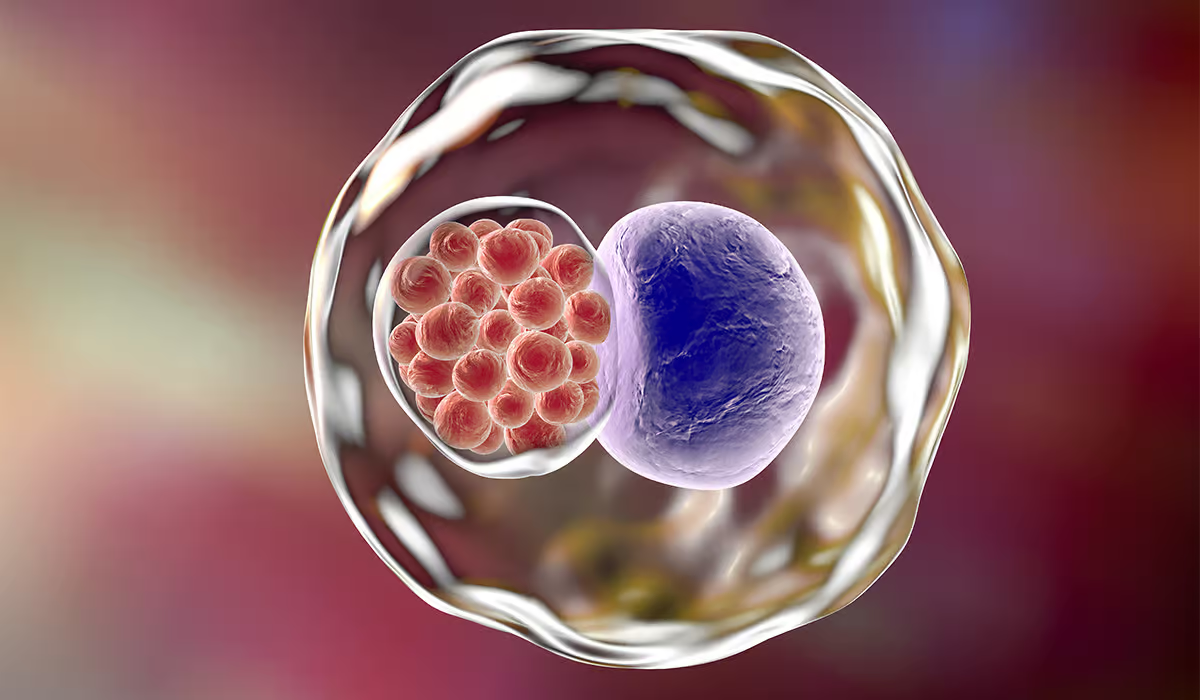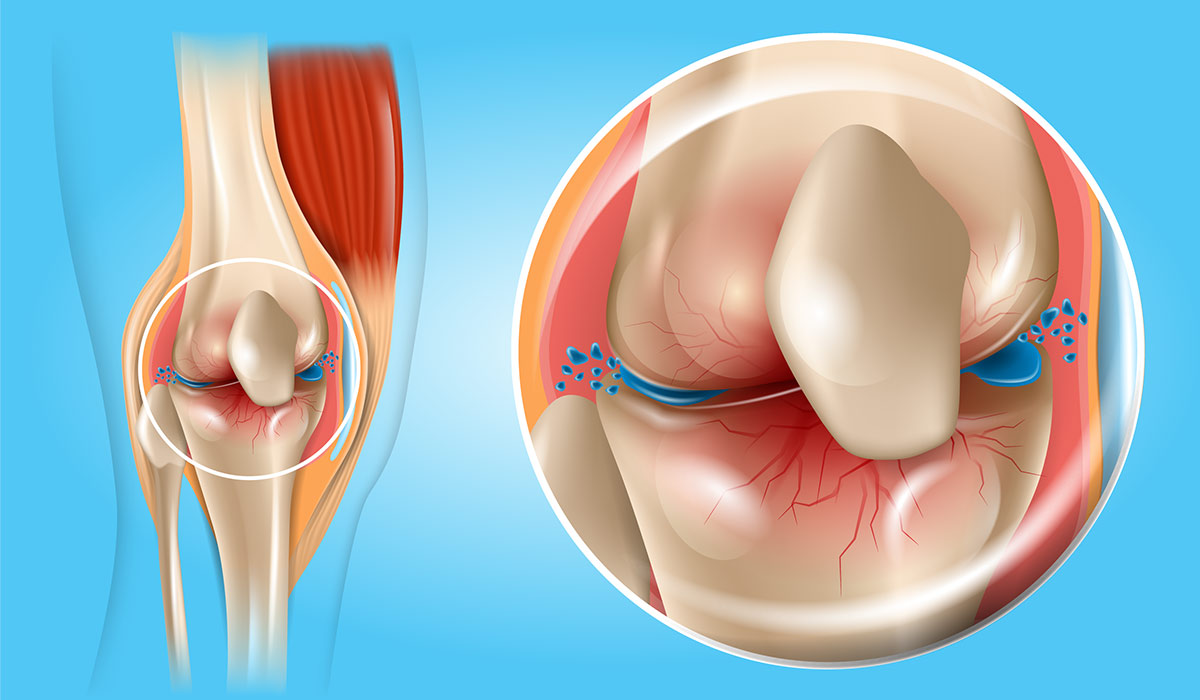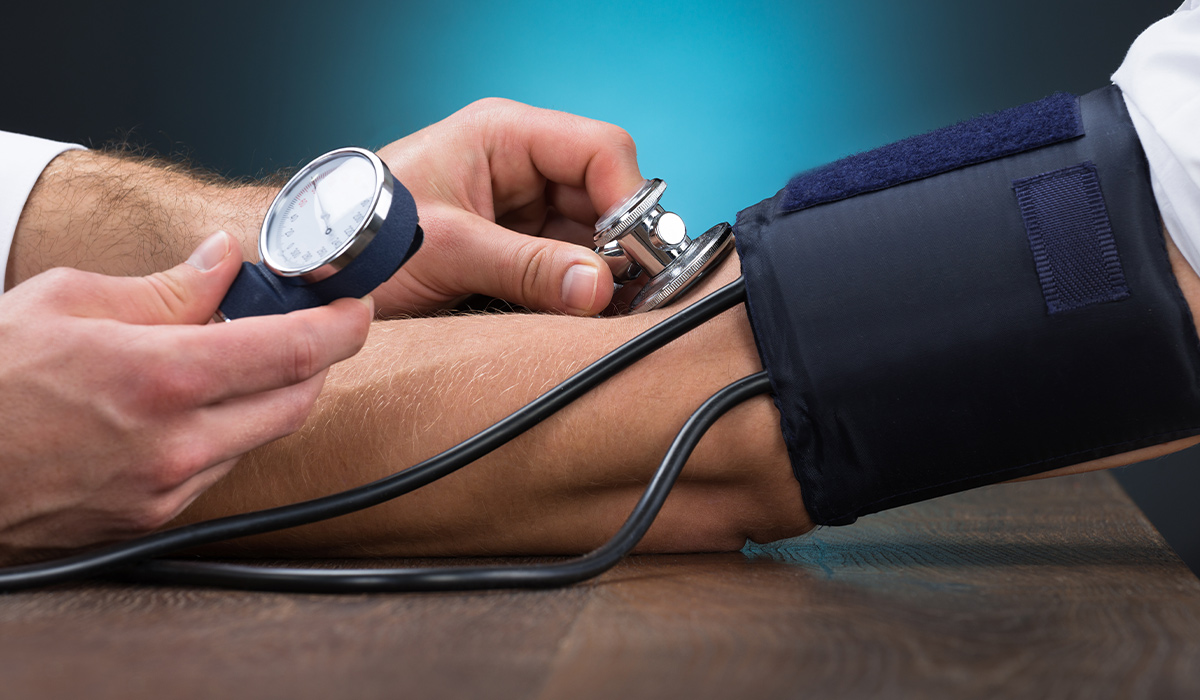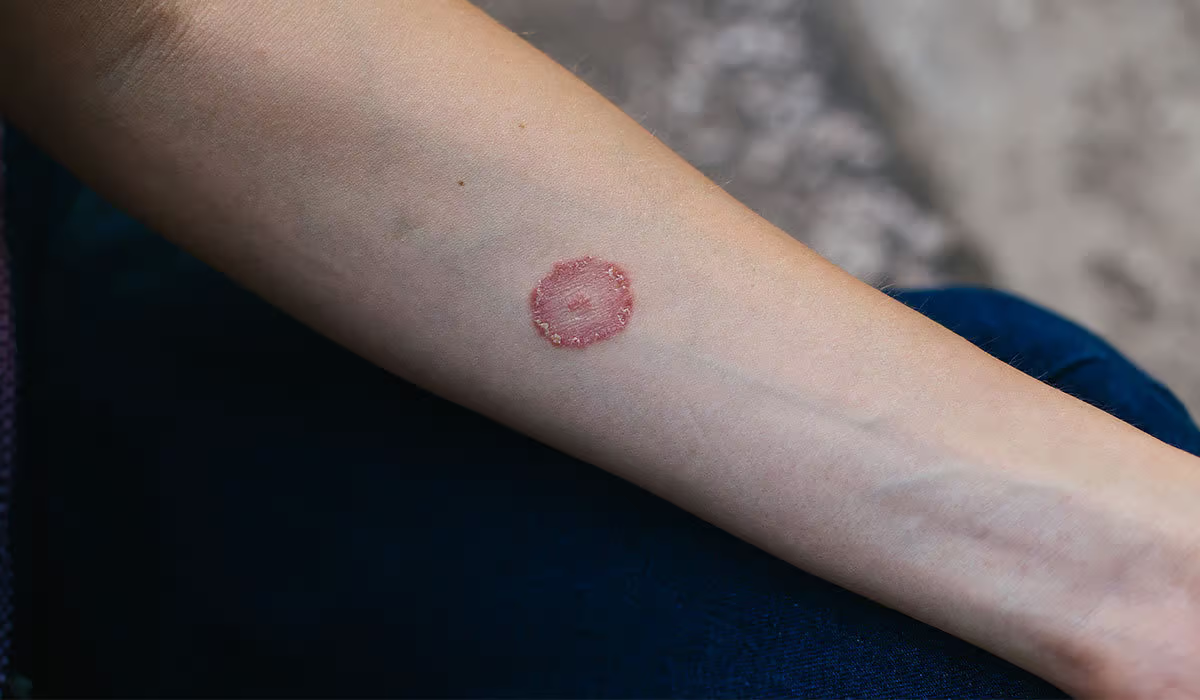Migraine is a global disease that affects people all over the world. It is the most ordinary condition of the nervous system for which individuals consult a physician, and also one of the most common chronic human ailments.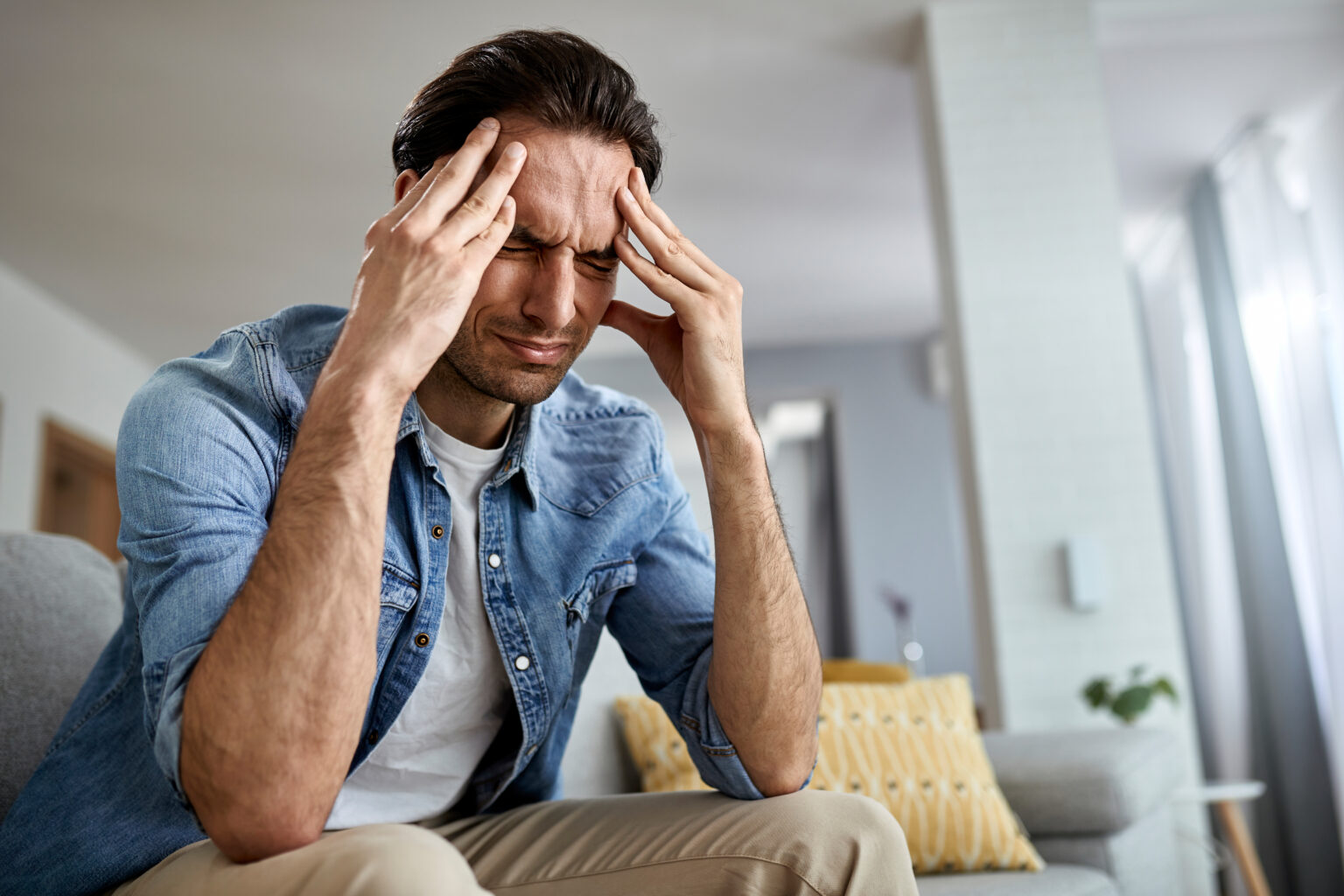
Causes
During a migraine attack, pathological spasm of the cerebral arteries occurs, which reduces blood flow, which in turn is responsible for the symptoms of aura. Then, the arteries suddenly dilate, causing a typical headache. In further stages, substances that cause and maintain pain are released. The cause of these pathological vascular reactions is not fully understood, just as the cause of improper “control” of vascular movements from the centers is unknown.
It may be caused by disorders in the structure or functioning of ion channels through which arteries contract. Ion channels are ports, gates, or windows in the vessel wall, which allow ions to enter the cell due to stimulation of the receptor associated with it. Perhaps the pathological vascular reaction results from impaired secretion or action of serotonin, one of the significant neurotransmitters in the brain.
Although scientists haven’t identified a single cause of this condition so far, we know numerous factors that can provoke migraine attacks. These include primarily causes like:
- Genetic factors – there is a family tendency to suffer from migraine attacks. It is indicated by the fact that most patients have someone in their family suffering from migraine.
- Endogenous factors – those aspects that act on the body from the inside. These include sleep disorders, fatigue, and irregular meal intake.
- Hormonal factors – female sex hormones play an essential role. The essential role is attributed to the increase in estrogen levels, which would explain the manifestation of the disease usually during puberty when girls start menstruating, and the most significant changes take place in their body hormonal. A similar situation applies to women taking oral contraceptives or those in the first trimester. In turn, with a decrease in the amount of female hormones, e.g., during menopause, most women experience relief of migraine symptoms or their course.
- Mental factors – where the main trigger of the disease process is long-term stress, mental tension, and anxiety disorders.
- Food factors and chemical substances – this group mainly includes foods, drinks, medicines, and intoxicants (including those absorbed through the respiratory system). People suffering from migraine should avoid chocolate, ripened yellow cheese, peanuts and legumes, wheat, seafood, alcohol, coffee and tea, citrus fruits, and fried and fatty meats. Chemical substances used in the food industry may also have an adverse effect, e.g., tartrazine, benzoic acid, or nitrate sodium. Additionally, migraine attacks may be initiated by some medications, e.g., estrogens. Some patients also experience hypersensitivity to strong odors, which may become triggers (e.g., perfumes, paints, and gasoline).
- Environmental factors include weather changes, light intensity, staying at high altitudes, changes in atmospheric pressure, heavy physical exertion, sexual activity, head injuries, and carotid arteriography.
Migraine Triggers
Although scientists haven’t identified a single cause of migraine, and migraine attacks occur spontaneously in most people, some patients have been found to have factors that may provoke migraine attacks. Such triggers of migraine attacks include:
- Menstruation
- Hormonal preparations for women (e.g., oral contraceptive pills and hormone replacement therapy)
- Alcohol (especially red wine)
- Some drinks (e.g., coffee and tea)
- Some foods (e.g., chocolate and fatty meat)
- Intense odors (e.g., gasoline, perfumes, and paints)
- Some medications (e.g., nitrates)
- Stress
- Sleep disorders
- Long-term fasting
- Weather changes
It is worth remembering that the provocation of seizures is very variable and not very repeatable, especially in adults. Triggering attacks is a more characteristic feature of childhood migraines. Nevertheless, it is necessary to actively look for factors that can activate migraine attacks to eliminate and prevent them effectively.
Types
Migraine is a heterogeneous disease with a varied clinical course; therefore, to facilitate diagnosis and diagnosis, attempts have been made to isolate the primary forms of this disease. One of the current classifications is the division of migraine according to the Classification and diagnostic criteria of headaches, cranial neuralgia, and facial pain, presented by the Classification Committee of the International Headache Society (ICHD-3). The main groups are:
- Migraine without aura
- Migraine with aura
- Chronic migraine
- Complications of migraine
- Probable migraine
- Episodic syndromes that may be associated with migraine
Migraine Without Aura
The image of a migraine attack without aura can take many forms. Some patients wake up with a fully developed set of migraine symptoms, while in the other half, the headache increases gradually and is characterized by a throbbing nature. Typically, the pain is located around the temple and eyeball and spreads over time to half of the face, less often it affects the entire head or begins in the occiput area.
In addition to pain, patients suffer during an attack due to:
- Nausea or reluctance to eat
- Phonophobia (inadequate noise tolerance)
- Photophobia (hypersensitivity to light)
- Phasmophobia (insufficient tolerance for odors)
Many patients also experience other autonomic symptoms, e.g., chills, diarrhea, sweating, palpitations, shortness of breath, yawning, polyuria, fever, fainting, and unpleasant dizziness. The appearance of the patients is quite characteristic: suffering facial expression, poor facial expression, pallor, and dark circles under the eyes.
Moreover, different patients experience different severity of symptoms; most often, migraine attacks are mild (they do not impair daily activity or limit it only slightly) or moderately severe (the ability to work is significantly limited). Severe migraines occur in some people and force the patient to stay lying in bed, usually in a dark room, and any activity makes the symptoms worse.
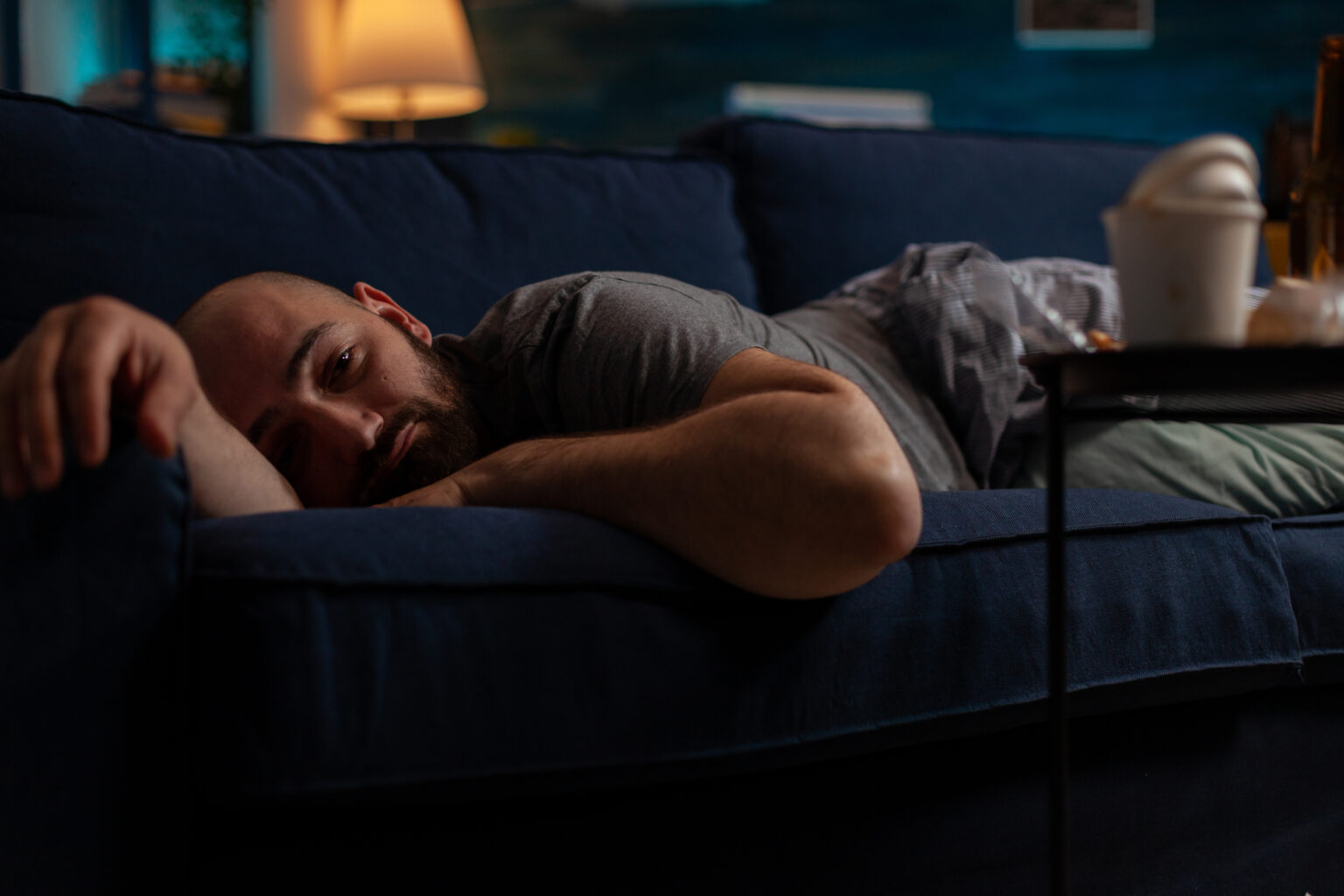
Migraine With Aura
In the course of migraine with aura, we can distinguish three main attack periods:
- Neurological symptoms (reversible, disappearing after the attack)
- Asymptomatic break
- Headache with accompanying symptoms (photophobia, phonophobia, phasmophobia, and nausea)
The first period begins with at least one reversible neurological symptom that affects the cortex or brainstem. Symptoms of the nervous system (aura) develop gradually over a few minutes (5-20 minutes) and last up to 60 minutes. However, there are cases of migraine with the so-called prolonged aura, which lasts over 60 minutes but is shorter than seven days.
Aura may be visual disturbances, unilateral sensory disorders, hemiparesis, or speech disorders. If so, we are dealing with the so-called typical migraine.
One of the most common forms is a visual aura, which takes the form of the so-called flickering scotoma (i.e., a shiny, vibrating, and growing spot appearing before the patient’s eyes) or flashes, a zigzag wave or defects in the field of vision. Those are called visual disturbances. Patients often describe visual sensations as luminous, pulsating waves moving before their eyes or luminous, glowing dots. The objects seen often seem different to patients than they are in terms of shape or size. The sensory aura may manifest as tingling in one part of the face or arm or numbness on one side of the body.
After the focal symptoms period, there is a symptom-free period in which the patient does not complain of any ailments. Then comes the main phase of the disease, namely the occurrence of a headache attack, which is characterized by the same features as in the case of migraine without aura.
Both in the course of migraine with or without aura, after the end of a migraine attack, the patient may fall asleep and wake up without any symptoms or complain of mild, dull, diffuse headaches.
Symptoms
Symptoms of migraine headaches include:
- Prodromal symptoms (foreshadowing the onset of migraine pain) – usually occur several hours before the pain attack. These include feeling tired or agitated, excessive thirst, stiff neck, yawning, or cravings for sweets.
- Autonomic symptoms (accompanying headache) – many patients complain of autonomic symptoms, e.g., chills, sweating, palpitations, diarrhea, shortness of breath, yawning, polyuria, fever, fainting, or unpleasant dizziness.
- The characteristic appearance of the patient during a migraine attack – e.g., a suffering facial expression, pallor, poor facial expressions, and dark circles under the eyes.
- Characteristic image of a patient after a migraine attack – both in the course of migraine with or without aura, in which, after the end of the migraine attack, the patient falls asleep and wakes up without any symptoms or complaints of mild, dull, diffuse headaches.
Diagnosis
Migraine is diagnosed based on the interview. Questions may include:
- Does your headache generally happen numerous times a day?
- How long do your headaches naturally last?
- At what time of day do you most frequently experience this headache?
- Where do you commonly feel the worst of your headache pain?
- What other symptoms do you experience?
- What triggers the signs?
- Do you suffer from any conditions?
- Is there a family history of migraine?
In the case of typical clinical symptoms, there is no need to perform imaging tests (MRI, CT, X-ray of the head) because migraine does not cause changes in the anatomical structures of the brain so that no pathological changes will be visible on the images. Exposing the patient to the burden resulting from the imaging examination itself is also unnecessary.
General laboratory tests are performed. Those include:
- Morphology
- Liver tests
- Blood glucose level
- Ionogram
The specialist performs them to exclude other disease processes that may cause headaches like migraines.
However, in the case of unusually occurring seizures that change their nature over time, in the event of disturbances in consciousness, other disturbing neurological symptoms, or for other essential reasons based on which a severe brain disease can be concluded, imaging tests must be performed (usually CT or MRI).
Treatment
The specialists divide migraine treatment into emergency treatment of headache attacks and preventive treatment, which is intended to reduce the number of migraine attacks.
In emergency treatment, the specialists advise using painkillers (e.g., paracetamol, acetylsalicylic acid, or non-steroidal anti-inflammatory drugs), e********e derivatives, or triptans. If you experience a migraine headache, take your medications immediately. If there is no improvement after one type of medication, the doctor will recommend taking a drug from another group. For severe migraine headaches, triptans are the treatment of choice. If there is a headache with nausea or vomiting, ad hoc administration of an antiemetic drug may be necessary.
Patients whose headache attacks occur very frequently and require taking large amounts of analgesics are at risk of developing headaches due to the overuse of analgesics. It is a demanding headache to minister and makes functioning challenging for patients. Consequently, every migraine patient should observe the number of painkillers taken per month to control the development of drug-induced headaches. When migraine attacks are frequent or bothersome for the patient, preventive treatment should be considered.
Recently, new drugs used in migraine have also appeared – the CGRP receptor antagonists, which include rimegepant. It is administered during a developing pain attack (the earlier, the better).

Preventive pharmacotherapy is implemented when the patient has frequent, severe migraine attacks that do not respond well to acute treatment. The inclusion criteria for preventive treatment are individual for each patient due to their different ability to cope with pain.
The most commonly used drugs here are:
- Serotonin 5-HT2 receptor agonists (e.g., pizotifen or iprazochrome)
- Beta-blockers
- Calcium channel blockers
- Antiepileptic drugs (e.g., valproic acid)
- Botulinum toxin administered to the head and neck muscles (during clinical trials)
- Antidepressants (e.g., mianserin)
When the above migraine remedies fail, think about alternative methods. These include primarily acupuncture and aromatherapy.
Acupuncture is a treatment technique that involves puncturing the body with special needles in appropriate places. The places designate the body’s energy lines, which, according to Chinese medicine, are responsible for equalizing the energy potential of the human body. The mechanism of action of this method has not been fully understood. Scientists believe that its idea is to stabilize serotonin levels in the brain.
Aromatherapy uses the properties of essential oils to treat migraine pain. The best results are achieved with rosemary, peppermint, and chamomile oils. Adding oils to the bath, sprinkling them on the pillow, or using them for body massage is recommended.
Additionally, remember to live a healthy lifestyle. You may need to make some changes, e.g., eat meals at regular times, get 8 hours of sleep, or drink more water.
Sources
- Migraine Headache. NIH.
https://www.ncbi.nlm.nih.gov/books/NBK560787/. - Migraine. NHS.
https://www.nhsinform.scot/illnesses-and-conditions/brain-nerves-and-spinal-cord/migraine/. - Migraine Triggers: An Overview of the Pharmacology, Biochemistry, Atmospherics, and Their Effects on Neural Networks. NIH.
https://www.ncbi.nlm.nih.gov/pmc/articles/PMC8088284/. - Migraine Headache in Childhood. NIH.
https://www.ncbi.nlm.nih.gov/books/NBK557813/. - Migraine. IHS.
https://ichd-3.org/1-migraine/. - Migraine without aura. NIH.
https://pubmed.ncbi.nlm.nih.gov/38043959/. - Migraine With Aura. NIH.
https://www.ncbi.nlm.nih.gov/books/NBK554611/. - Migraine: Overview. NIH.
https://www.ncbi.nlm.nih.gov/books/NBK279373/. - Diagnosing migraine in research and clinical settings: The validation of the Structured Migraine Interview (SMI). NIH.
https://www.ncbi.nlm.nih.gov/pmc/articles/PMC2824671/. - Diagnosis and acute management of migraine. NIH.
https://www.ncbi.nlm.nih.gov/pmc/articles/PMC9888545/. - Diagnostic Testing for Migraine and Other Primary Headaches. NIH.
https://pubmed.ncbi.nlm.nih.gov/31563228/. - Diagnosis and management of migraine in ten steps. NIH.
https://www.ncbi.nlm.nih.gov/pmc/articles/PMC8321897/. - Treatment of acute migraine in the emergency department. NIH.
https://www.ncbi.nlm.nih.gov/pmc/articles/PMC3994811/. - Pharmacologic prevention of migraine. NIH.
https://www.ncbi.nlm.nih.gov/pmc/articles/PMC9904820/. - Acupuncture and Its Role in the Treatment of Migraine Headaches. NIH.
https://www.ncbi.nlm.nih.gov/pmc/articles/PMC7606388/. - Essential Oils as an Alternative Treatment for Migraine Headache: A Systematic Review and Meta-Analysis. NIH.
https://www.ncbi.nlm.nih.gov/pmc/articles/PMC10822728/. - Migraine. NHS.
https://www.nhs.uk/conditions/migraine/.




